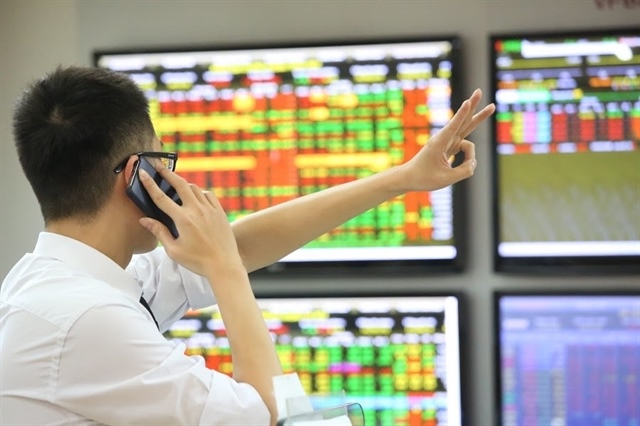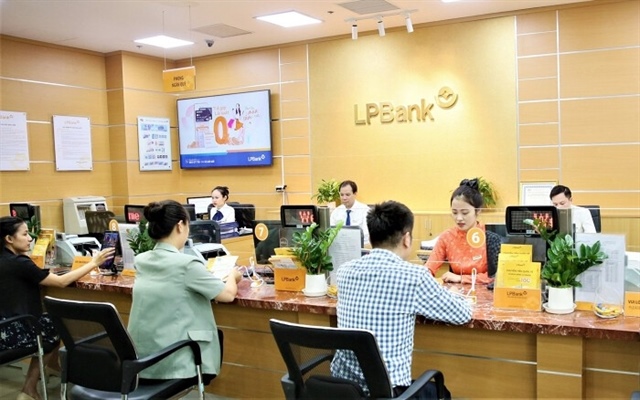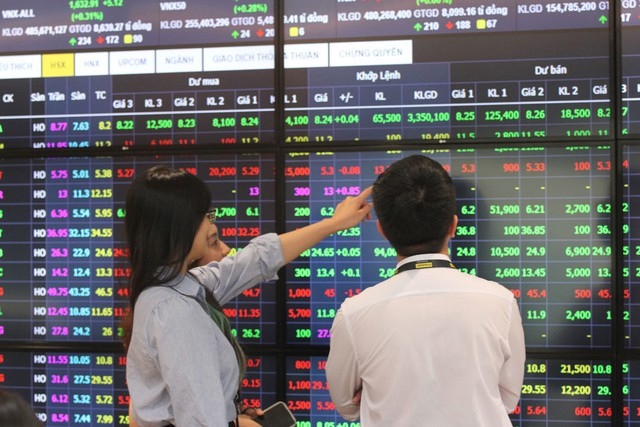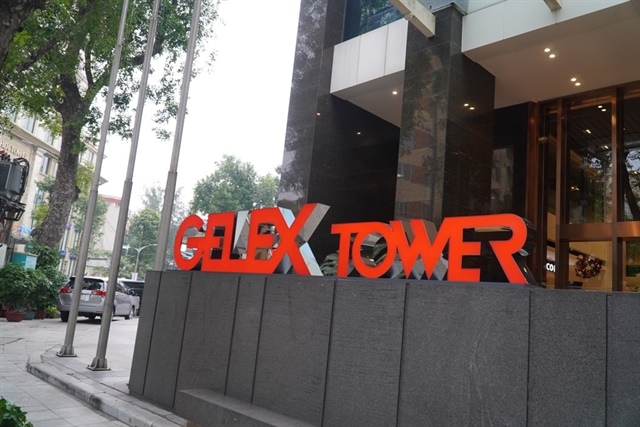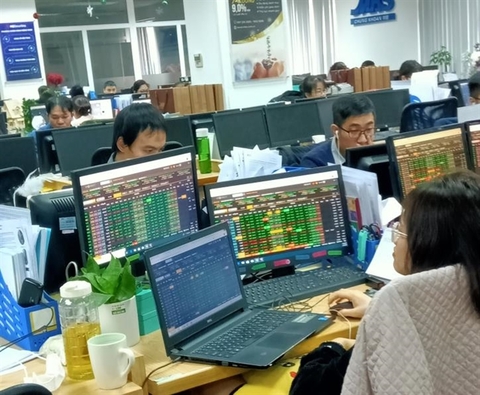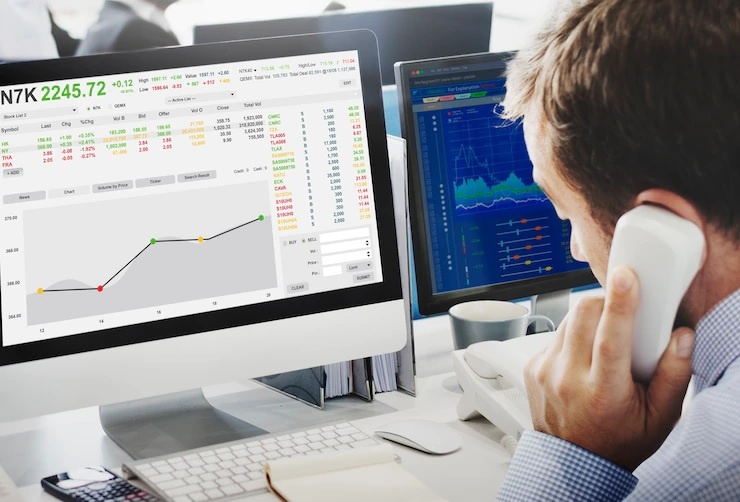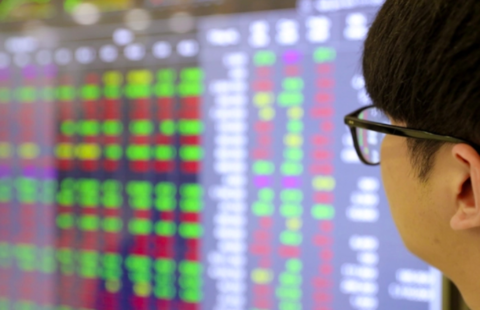Transparency needed in trading by securities companies
Transparency needed in trading by securities companies
Many individual investors lost their money when the stock market dropped sharply in April this year. This has led to an analysis of the workings of securities companies, and ways to bring about more transparency in their dealings.
Illustrative photo. |
Laws limit conflict
Proprietary trading is a practice that is followed in all stock markets across the world. Securities companies are allowed to set up trading desks and invest for themselves to make a profit. Since the securities companies conduct both self-trading, as well as provide investment advice to customers and do brokerage, there is risk of a conflict of interest. However, this is only a matter of professional ethics because the law only provides measures to limit such conflicts.
The Law on Securities in Vietnam, as well as its related sub-laws such as through Circular No. 121/2020/TT-BTC, also have clear regulations to limit risks to avoid conflicts. For instance, a trading account of a securities company is a unique account with its own code, and the trading order sent to the brokerage department may be the same as on the customer order. The brokerage department is responsible for processing client orders before trading orders. When a customer places a limit order, the securities company must not buy or sell in the same direction. The same securities need to be at a price equal to or better than the customer's price before the client's order was executed. If a customer's buy or sell order greatly affects the price of that type of security, the securities companies are not allowed to buy or sell in advance the same type of securities for themselves or disclose information to third parties to buy and sell such securities. Securities companies must disclose to customers when they are partners in agreement transactions with customers.
Regulations indicate that when making a law, the risk of conflict of interest has been considered. There are countless ways for proprietary trading to gain an advantage in trading. During the period 2010 and earlier, when online trading technology had not yet developed, and buying and selling orders were made on paper or sent to floor brokers, the racing ahead of the order was more unfair. Currently, the speed of electronic transactions is very fast, so it makes no sense to race orders. However, there are many other intangible advantages that make individual investors doubt the risk of self-trading for information gain.
For instance, the daily margin balance in the first four months of 2022 is an extremely sensitive number. When the level of margin usage is larger, even reaching the threshold, it means that the buying power in the market has reached the maximum level and the risk of a market correction is high, when there is no money left to buy. Although all securities company only know their margin balance, if the situation of stretch margin occurs in one company, it is also very likely to occur in many other companies. The fact that the leaders of the securities company is reported on a continuous status will inevitably create an advantage for the proprietary trading department to react early. The full initiative to change the margin lending service will also be known first within the company itself.
Securities companies, as professional investment organizations, can connect directly with businesses to get estimated profits earlier than any retail individual investor. The analysis department of the securities companies will also report the results of the business assessment to the leaders of the securities companies before releasing that report to customers. Therefore, when increasing or lowering the investment recommendation for a certain stock, customers are often the last to know.
Transparency in self-trading
Psychological pressure from the recent losses in investments has made many investors call for separating self-trading activities from securities companies, or even banning self-trading activities. In fact, over the last twenty years, this problem has always cropped up every time the stock market crashed, and individual investors do not know whom to blame. In the 2010 period, there were calls for this activity to be separated, and a leading securities company transferred its proprietary trading activities to an asset management company which was a 100% owned subsidiary. At first glance, this is an easy way to win sympathy and has no conflict of interest, but whether the information is spread within the company itself cannot be verified.
Self-trading activities of securities companies is an international practice and allowed by law in many countries. This activity is also related to many other roles of securities companies, such as market maker activities, so it is impossible to totally ban self-trading. Preventing conflict of interest by use of legal means can only erect basic barriers. It is investors who need to build their own information verification methods. For instance, any business analysis report prepared in a professional and ethical manner must clearly state the individual or group of people who have done it and declare whether it holds shares of the business. The financial statements of a securities company clearly indicate their proprietary trading portfolio with an average cost, and investors can fully assess the risk of conflict of interest when approaching the investment recommendations of that company.
For regulators and exchanges, the daily public disclosure of trading information of the proprietary trading block is a useful way of showing transparency for retail investors. However, this information has been stopped since the beginning of March 2022. Close monitoring of lending also means that aggregate market-wide margin size is being tracked. This number can also be made public on a monthly or even weekly basis.



